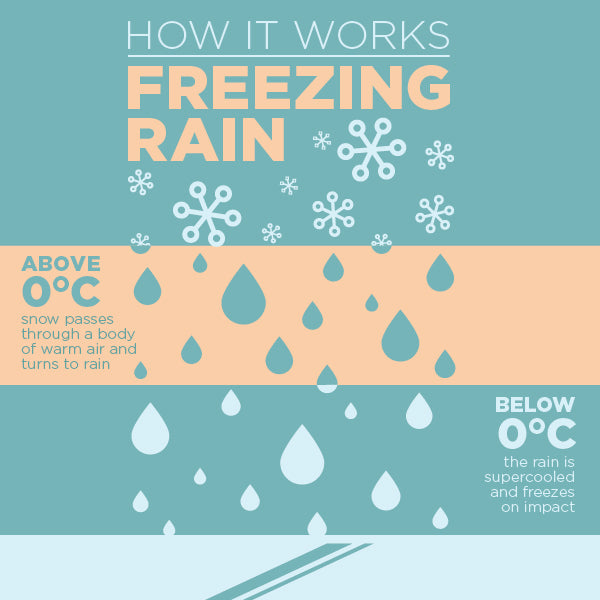Winter storm
Hektor is raising heck this week, sweeping snow and ice from the Ohio Valley clear down to Oklahoma, Arkansas and Texas, while weather-weary New Yorkers are still digging out from up to 5 feet of lake-effect snow dumped along the eastern shores of Lake Ontario last weekend. Throughout the East, Midwest, and South area officials are urging residents to prepare for extreme cold, power outages, and road closures that could last for days.
Every winter we hear about them: lake-effect snowfall and ice storms—the one-two punch of winter weather that affects millions. But what are these brutal weather phenomena, and what destruction do they leave in their wake?
What is a Lake-Effect Storm?
Folks living on the eastern and southern shores of the Great Lakes are quite familiar with the dreaded “Lake Effect,” as are residents of northern Utah living east of the Great Salt Lake. In fact, wherever a large body of water meets a blast of cold air, you have the recipe for a dumping of lake-effect snow. Caused by simple physics, these uncommonly heavy snowfalls occur when warm, moist air over a lake rises into a moving front of cold air. As this moisture lifts, it cools, condenses, and then falls as snow, and lots of it…often as much as 5 inches an hour for several hours.
Just before last Thanksgiving, Buffalo, New York was pounded by just such a lake-effect storm, receiving up to 5 feet of snow in only 24 hours. Cars were buried, roofs collapsed, and roads were closed. Life came to a standstill for everyone except the snowplow drivers.

How are Ice Storms Different from Lake Effect Storms?
As dramatic as lake-effect snowstorms can be, ice storms are even more destructive. Ice storms are caused by conditions almost exactly opposite those of lake-effect storms. They occur when warm, moist air above moves over a cold air mass below. As the moisture above turns to rain, it falls through the cold air, becoming super-cooled until it hits the cold ground. Immediately the rain turns to ice, coating everything including roads, trees, and power lines. Havoc on the freeway, downed power lines, and trees falling onto roads and houses are only the beginning of an ice storm’s chaos. Unable to open doors, people become trapped in their cars. Crops are severely damaged. Walking outdoors is near impossible.
If the inconvenience of such weather events is not bad enough, these types of storms become a real health hazard. Thousands of injuries occur on the highway, as well as the result of falls on ice and snow. High winds and cold temperatures often lead to hypothermia and frostbite, particularly for those trapped in their cars, or at home without heat and power. Risk from these hazards increases as people are forced to venture into the storm to Replace help.

So What Can You Do to Stay Safe, Fed, and Warm?
While the health and welfare of thousands are threatened by lake-effect and ice storms every winter, many endure them well. Those who thrive best are those best prepared. A three-day store of
easy-to-prepare food and water will relieve concerns about leaving home to stay fed.
Emergency lighting and a
heater with fuel will be warmly welcomed during extended power outages. And a portable kit filled with food, water light, and heat in the car and at the office will make both places much more pleasant until it’s safe to come home.
For all, it’s wise to remember: wherever you are, bad weather will eventually Replace you, too. Be Prepared.



2 comments
Ice
I Love winter season so much.Reading your article I have found some awesome tips. Thanks for sharing this nice post with us.
Rick Pinney
One of the best ways to stay warm in a car when you are stranded out in an ice storm or any storm for that matter is, I always keep a candle and a large metal juice can with it, and of course matches or a lighter, but make sure you check them every year, put matches and lighters in a plastic bag to keep them from getting wet, use a candle in a glass jar if possible it will keep the candle steady in the metal can, and it will keep the flame from coming in contact with the metal can which can cause you to get burned or the can burning something in the car and starting a fire, keep the window open about a half an inch if your sleeping, and if your awake open the window every now and then to let in fresh air, most importantly use common sense….a candle of good size will burn for a good 4 or 5 days or more…and will keep the car in a decent temperature to survive….it should be in every car in the northern states….Rick